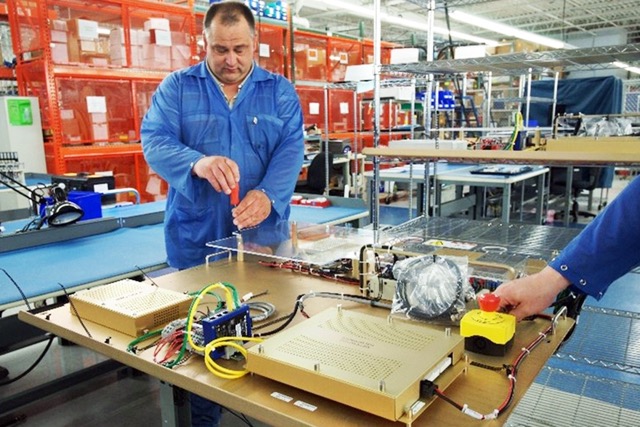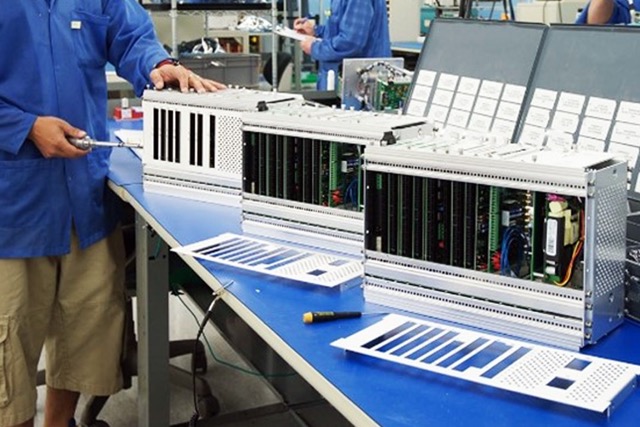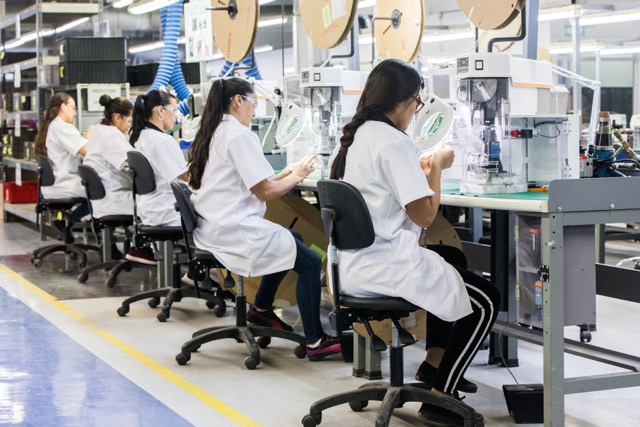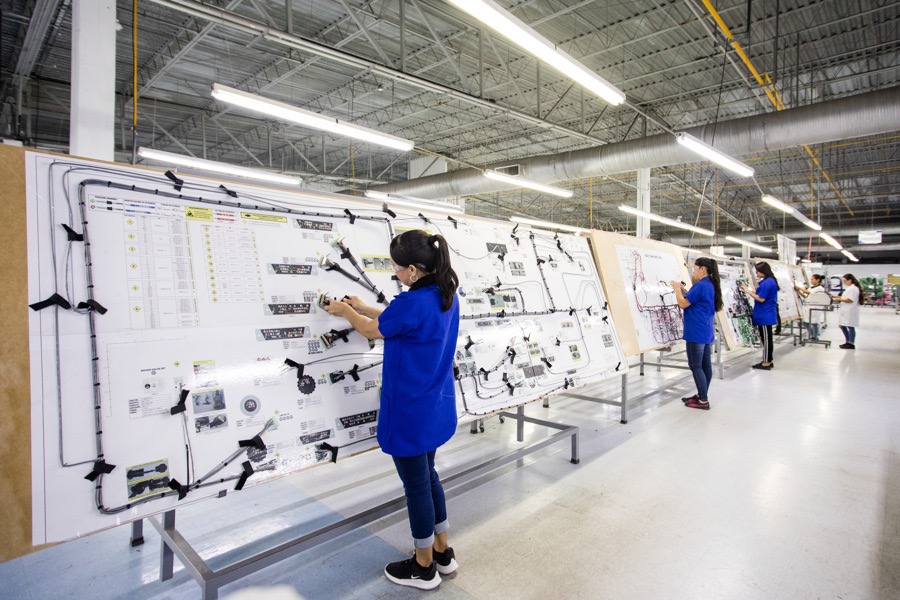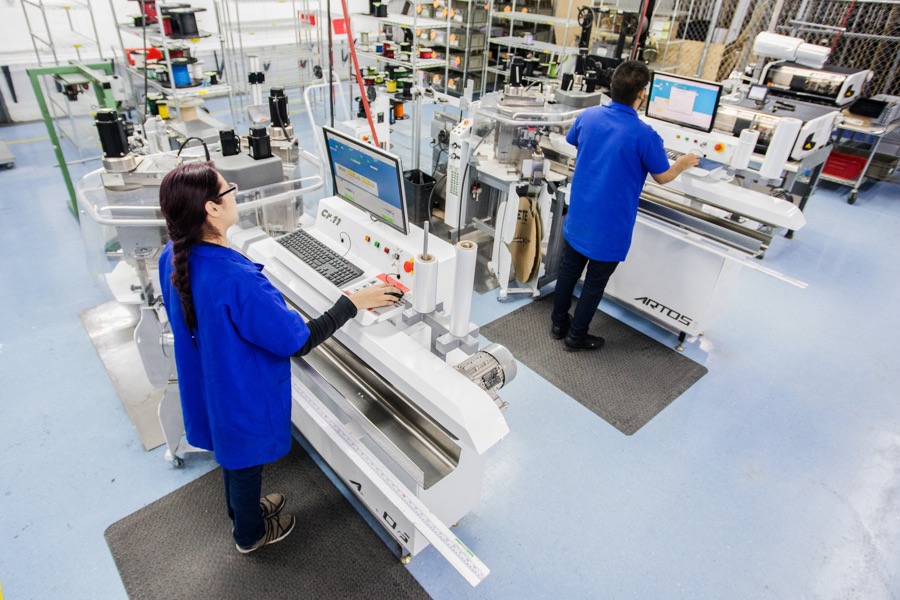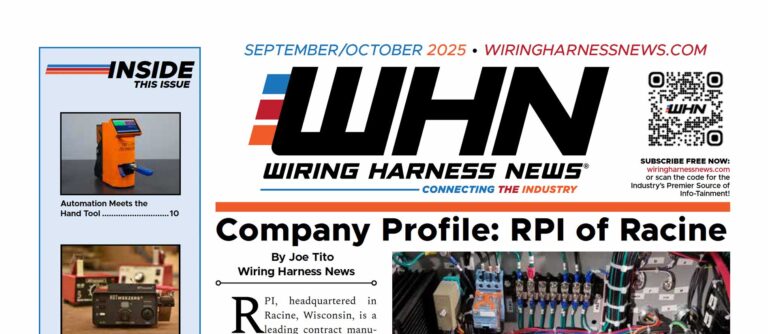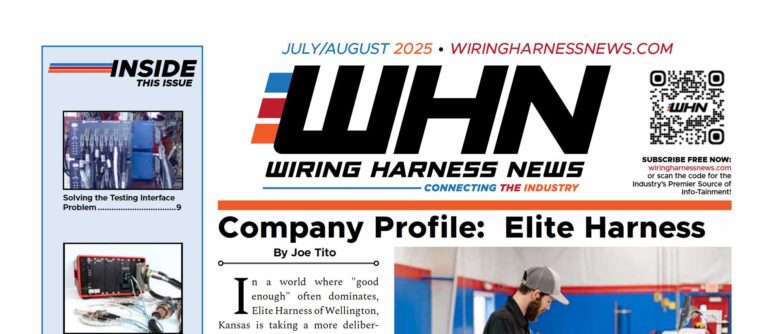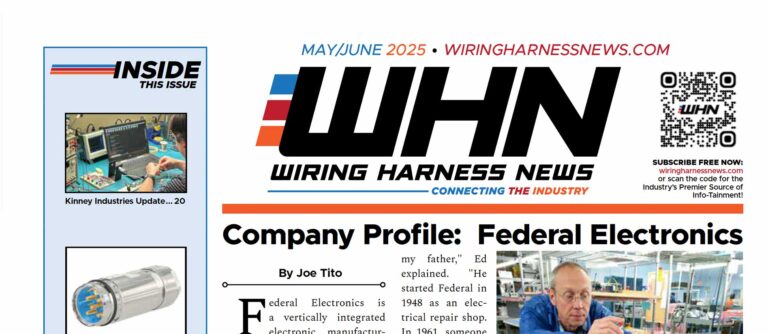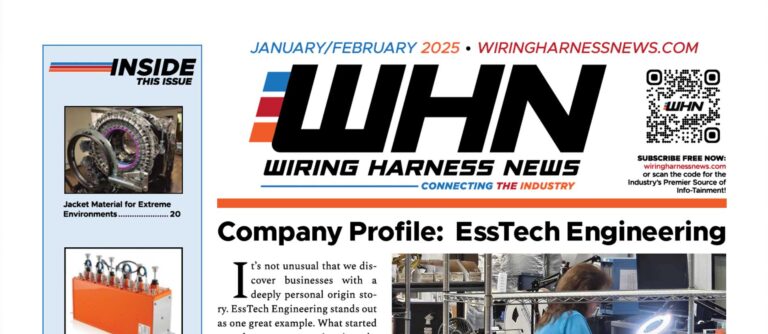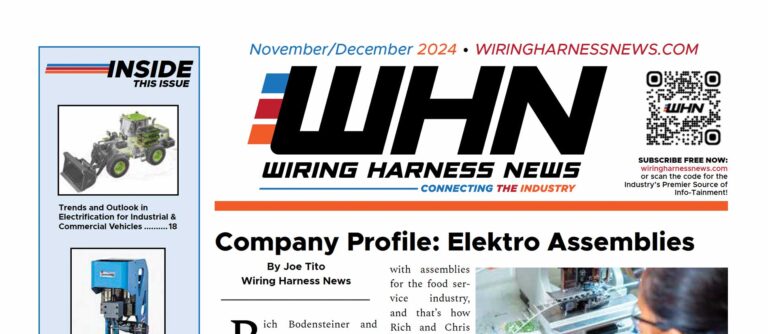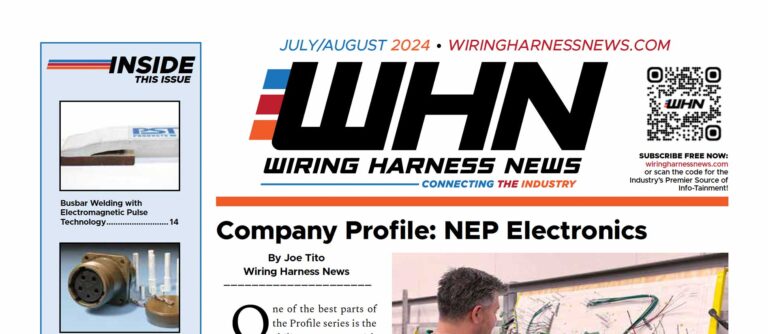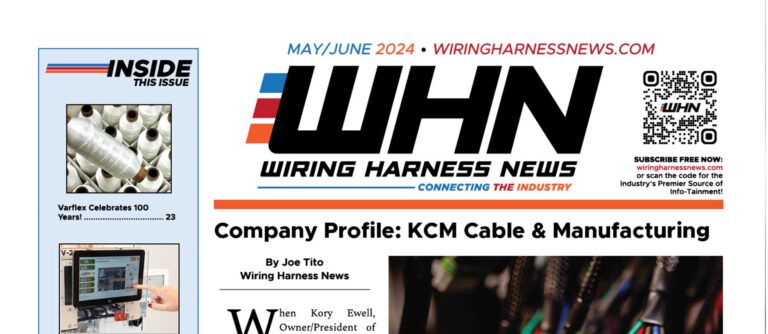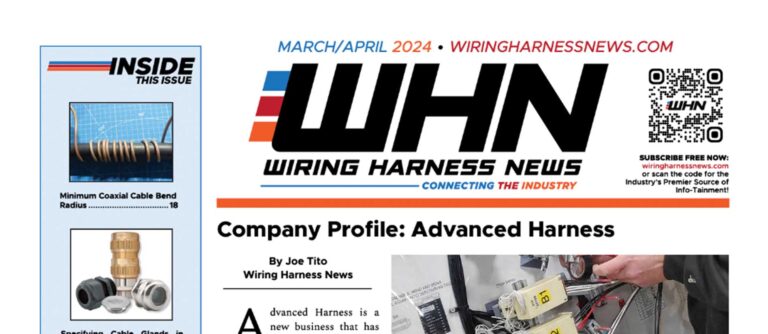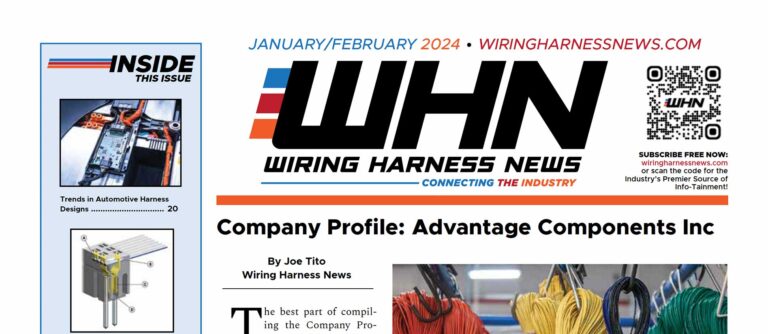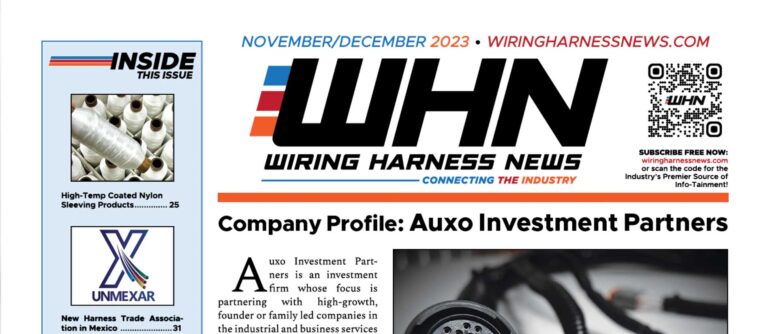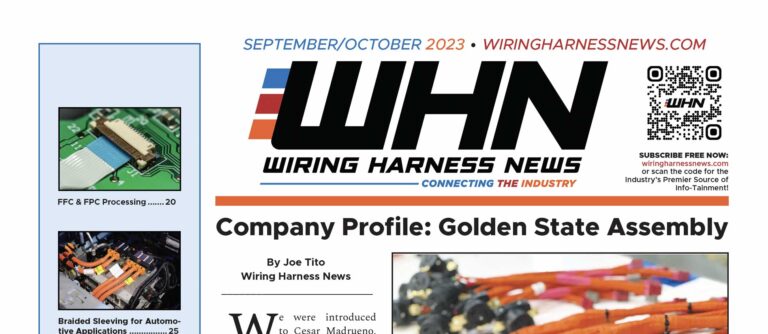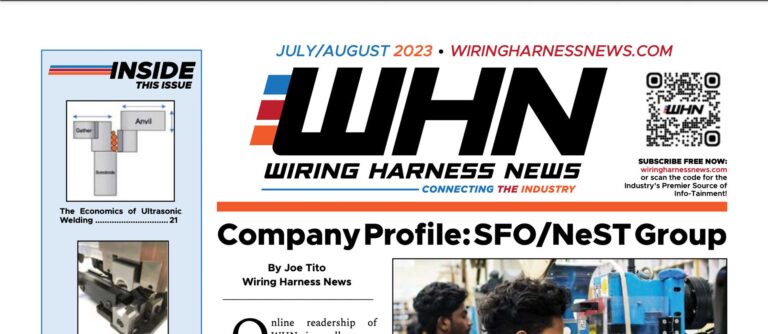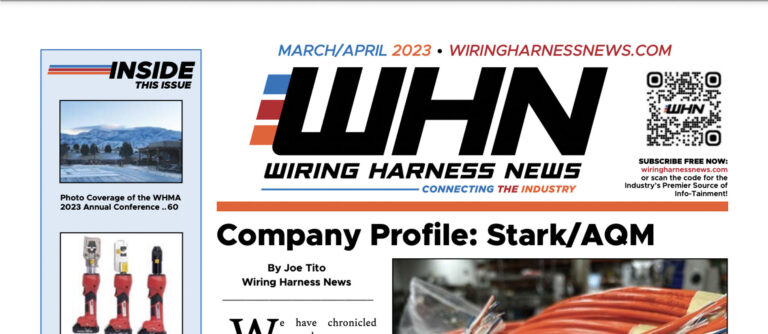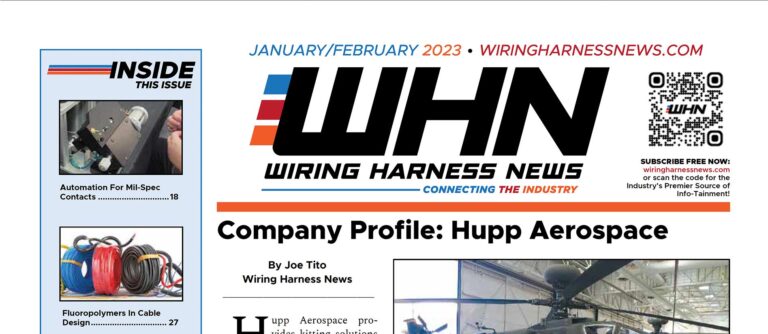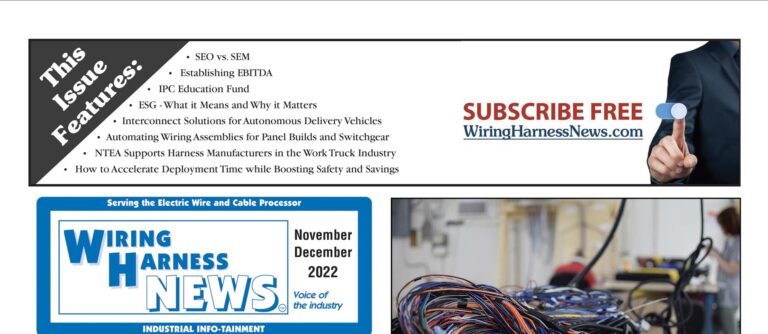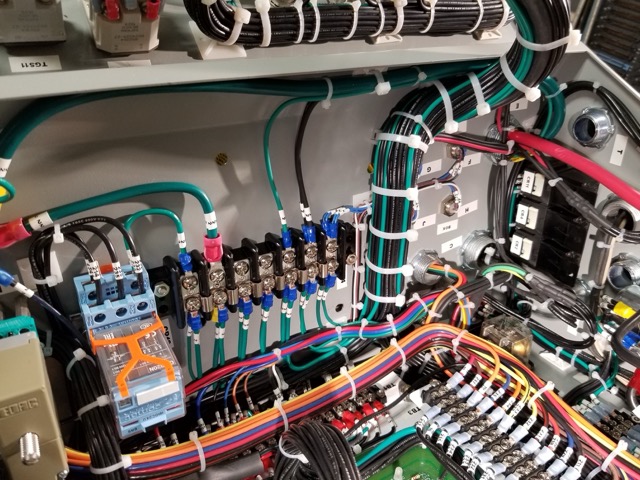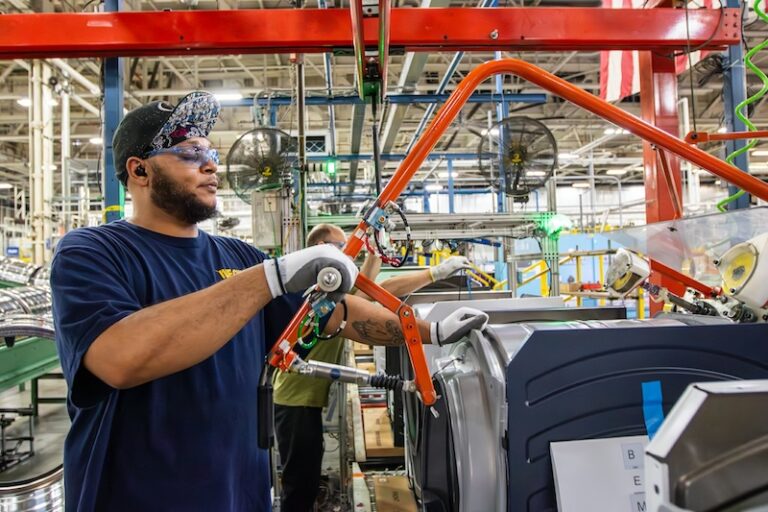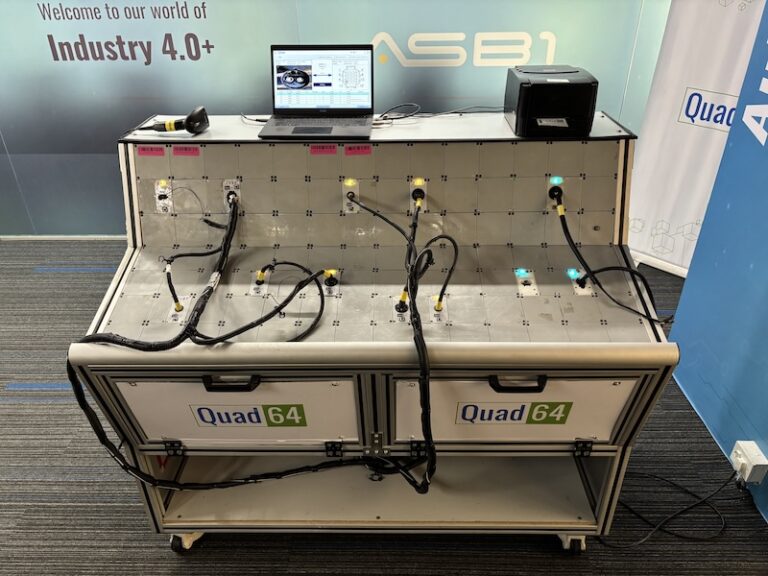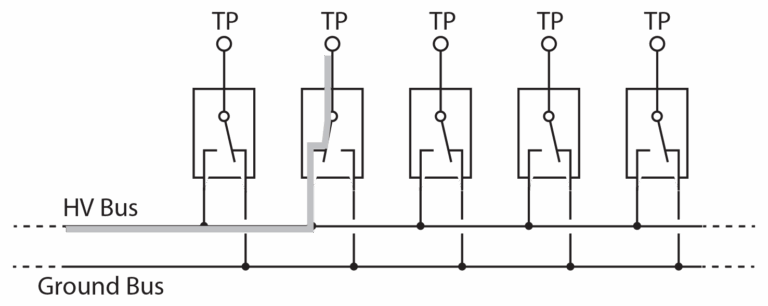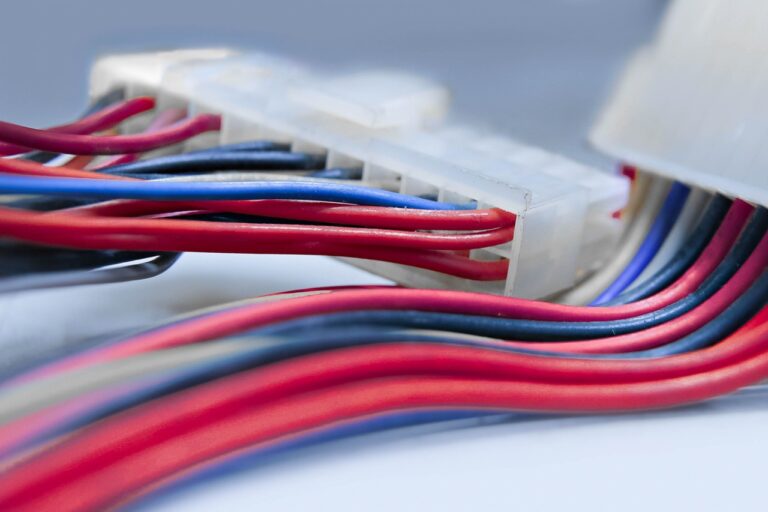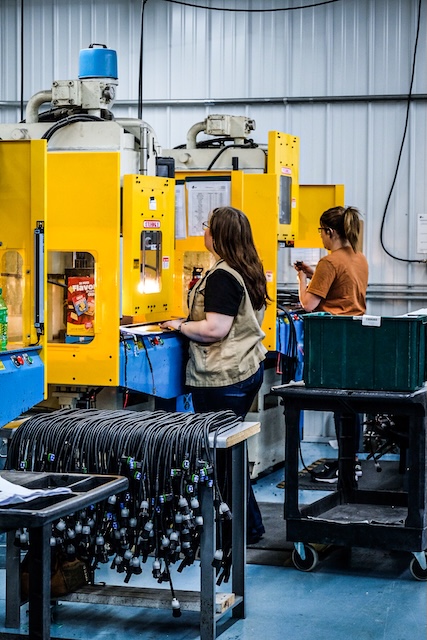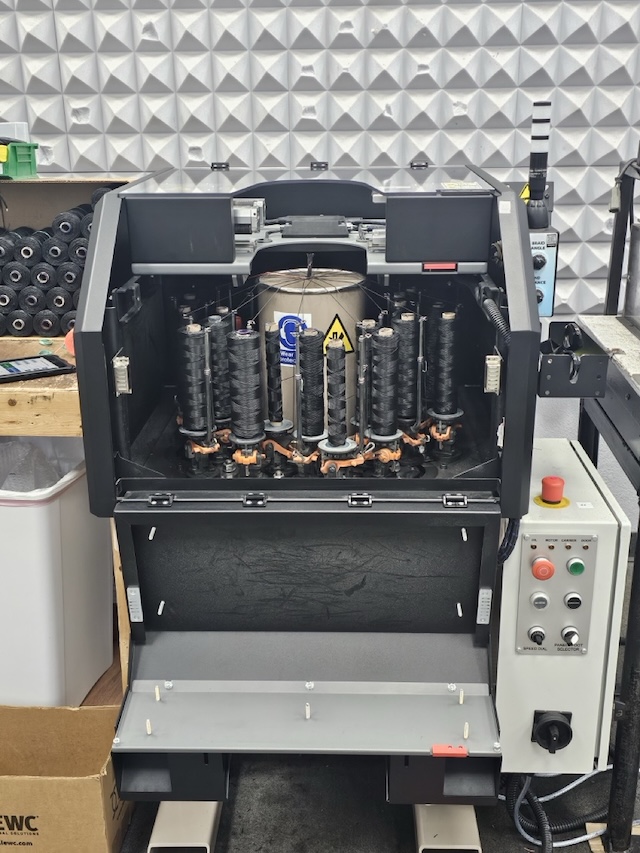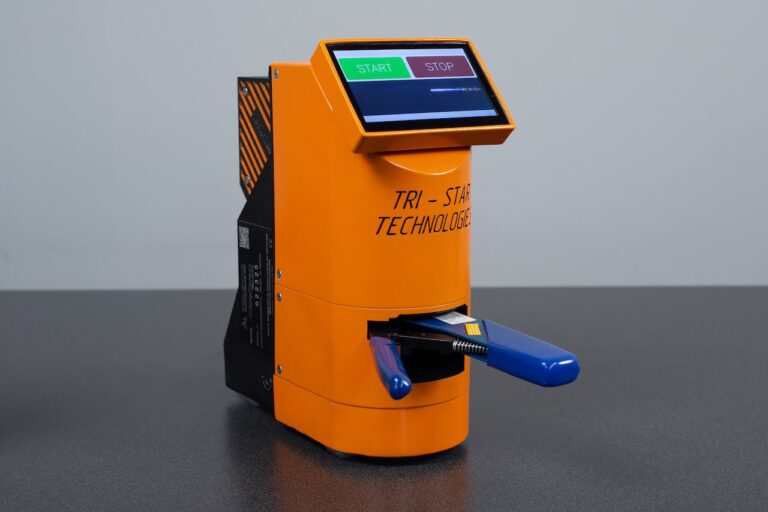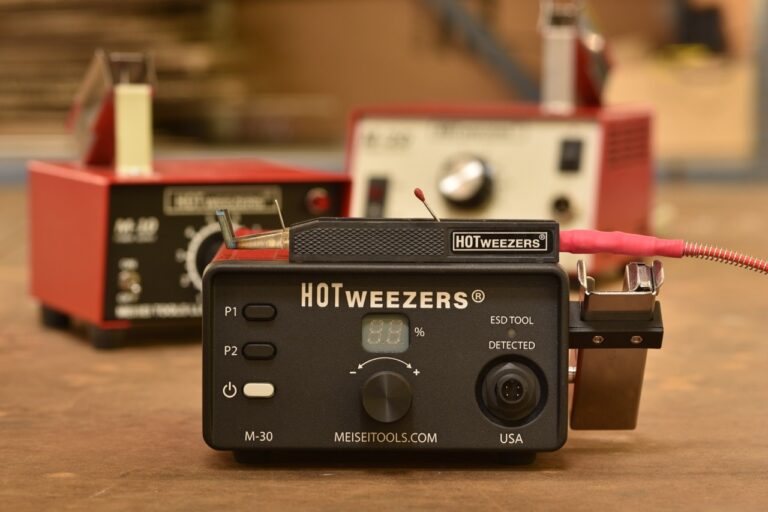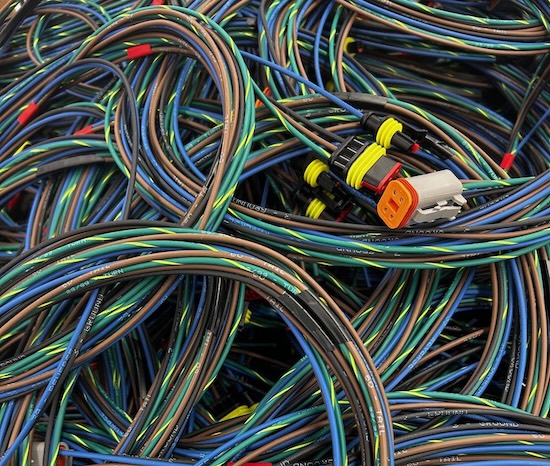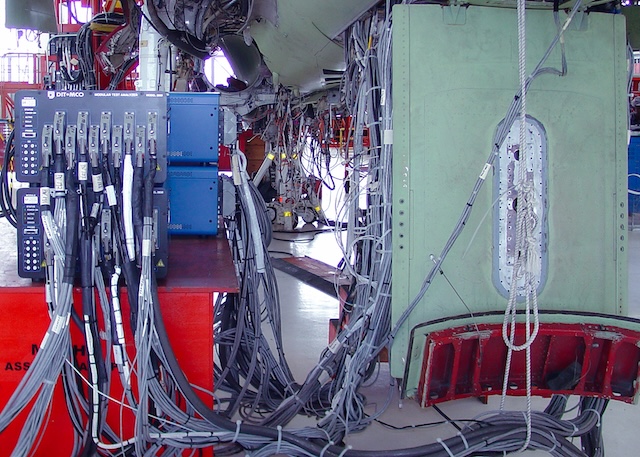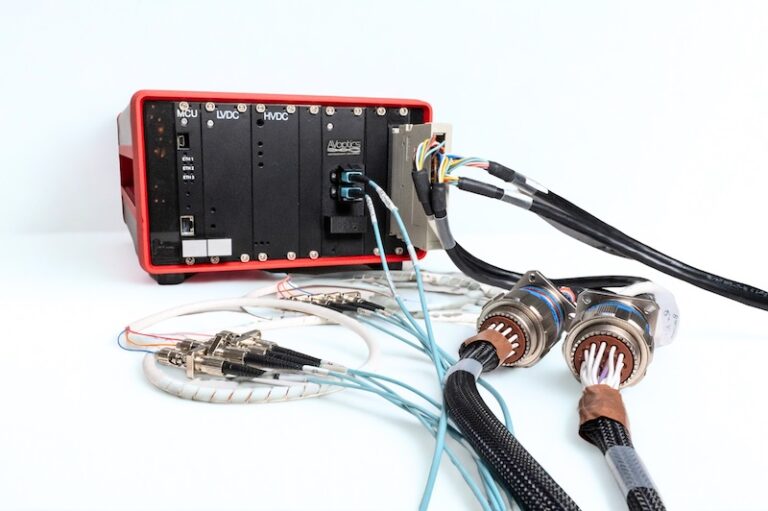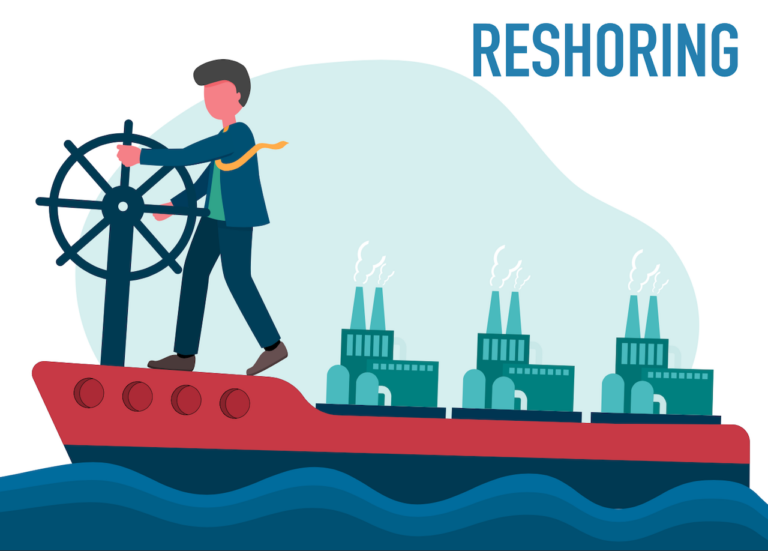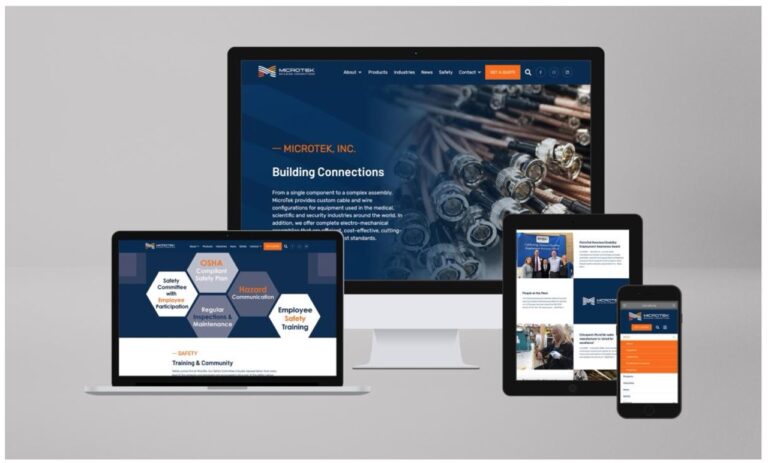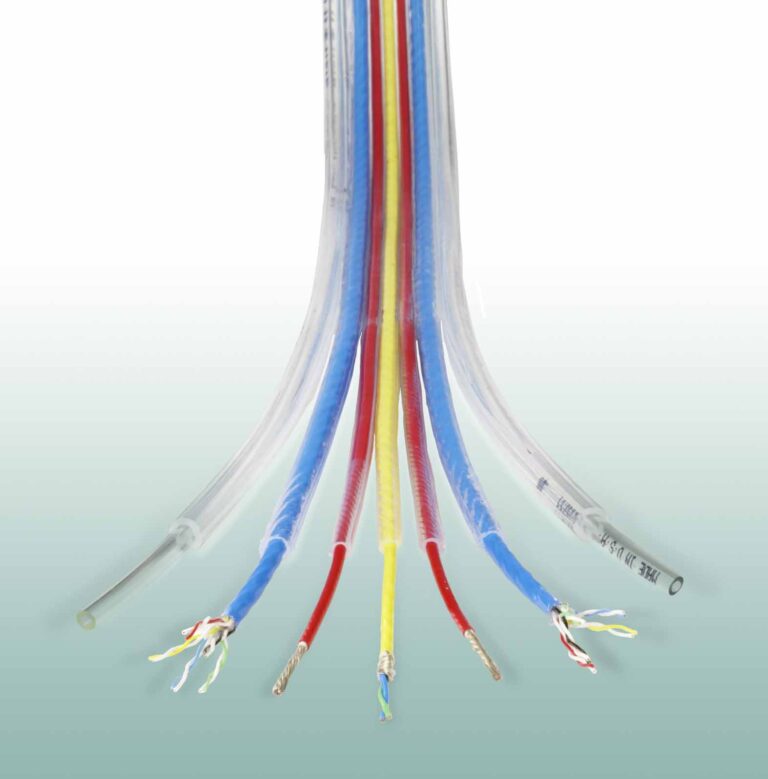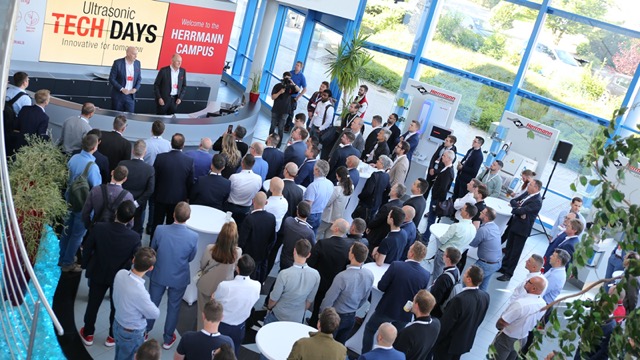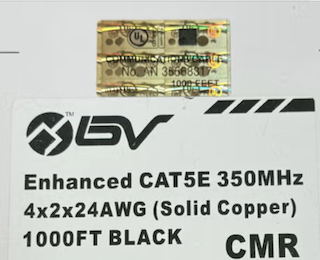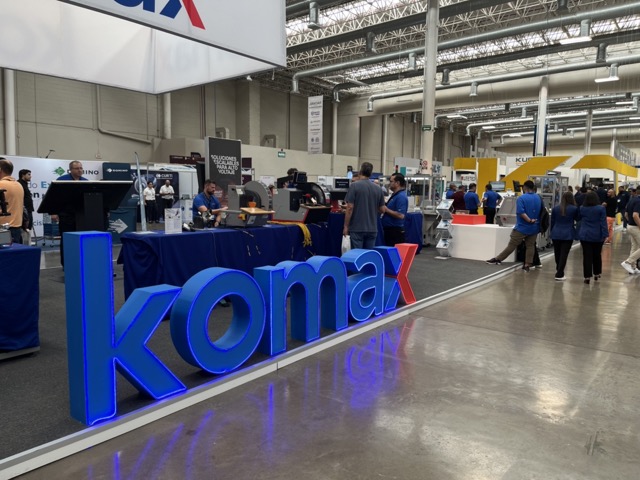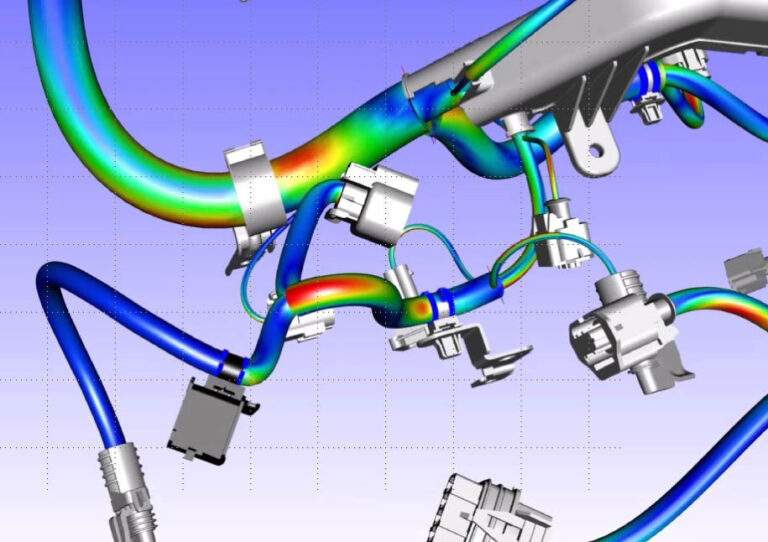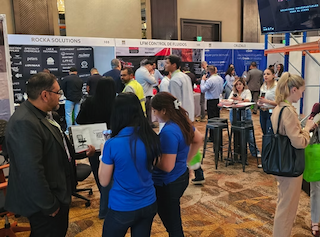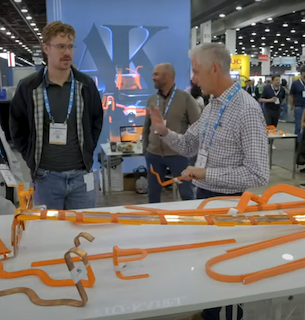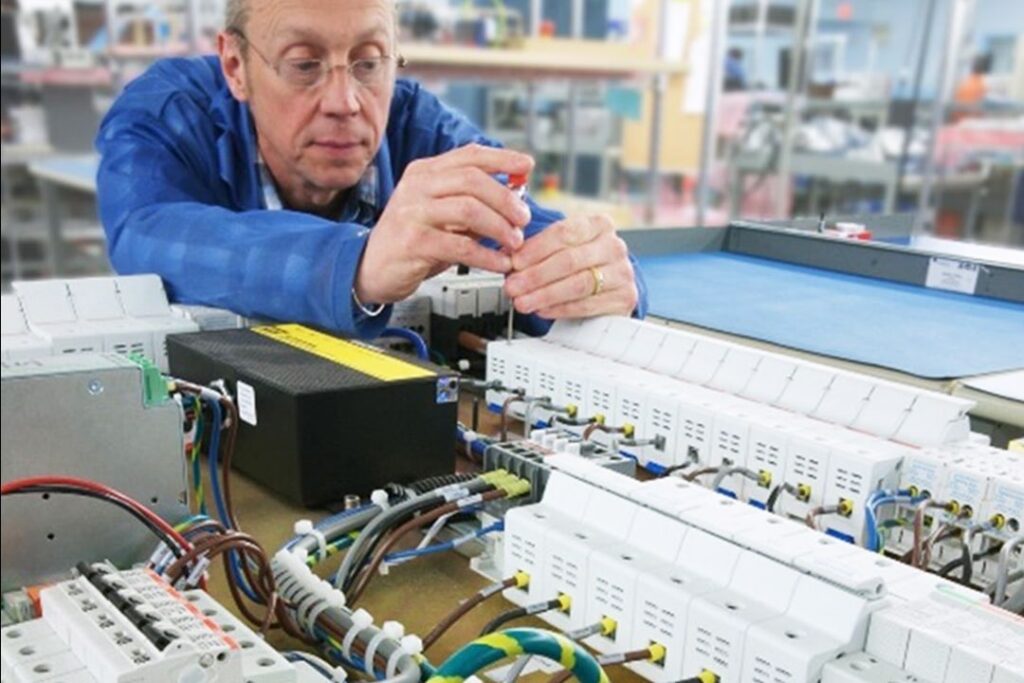Quietly Critical: Inside Federal Electronics and Its 60-Year Legacy of High-Reliability Manufacturing
Federal Electronics is a vertically integrated electronic manufacturing service provider of mission critical electronic assemblies. Operating out of Rhode Island and Sonora, Mexico, this veteran contract manufacturer has been building wire harnesses, PCBAs, and integrated assemblies for over six decades. And they don’t just build—they engineer, optimize, and deliver in a way that has earned them loyal customers across some of the most regulated industries in the world.
Wiring Harness News sat down with Ed Evangelista, President of Federal Electronics, and Will Oliver, Vice President of Business Development, to learn more about where they came from, how they’ve grown, and what’s next.
“The business really began with my father,” Ed explained. “He started Federal in 1948 as an electrical repair shop. In 1961, someone approached him about producing cable assemblies and harnesses for IBM’s mainframe division. That’s when we became a contract manufacturer.”
Ed recalled how his father’s approach was shaped by the needs of the time: mainframes were sprawling, high-investment systems that couldn’t afford downtime. “Reliability was everything. There was no margin for error, and that mindset became an integral part of our DNA.”
From that initial project with IBM—arguably the original definition of “high-reliability”—Federal Electronics carved out a niche supporting industries that can’t afford to gamble on low quality. And they’ve been growing steadily ever since.
“We’ve been working in what I call the ‘Hi-Rel’ space from day one,” Ed said. “Our customer base today falls into three primary verticals: aerospace and defense, medical, and industrial. The industrial category is a bit of a catchall, but everything we do has high reliability baked in.”
Federal’s product mix has expanded along with the needs of its customers. What started with cable assemblies and harnesses has grown into full PCB assembly, UL508A control panels, and higher-level box builds and systems integration, some of which may be provided from their recently added Class 10,000 clean room.
“We’re vertically integrated now,” Ed said. “Some of our customers just need cable assemblies. Others need only PCBAs. Some need full assemblies with enclosures, controllers, wiring, the whole package. We offer them a cafeteria menu of services.”
Because of their two production facilities, that menu can be tailored for each customer’s volume or ‘country of origin’ needs. This offers great flexibility as clients can choose where their products are built—Rhode Island or Mexico—and many leverage both. Federal’s Cranston, Rhode Island headquarters houses 52,000 square feet of space, while its Hermosillo, Sonora facility adds another 85,000.
Both locations are highly automated and mirror each other in capability. “We’ve designed our systems so that the customer has a wealth of options when deciding which site to select to optimize both cost and logistics” Ed said. “That’s real value, especially in today’s supply chain environment.”
“Historically, Mexico handled higher labor content assemblies— mostly cable assemblies and wiring harnesses,” Ed said. “But today, we’re running PCBA lines and UL508A control panels in Hermosillo as well. With the addition of automation and lean practices, we’ve focused on reducing labor content, increasing precision, and eliminating waste to create an environment that is very responsive to our customers’ demands, both from a manufacturing and administrative perspective.”
That manufacturing automation includes carousel lines, advanced marking and cut-strip-terminate systems. “Just because it’s a low-cost region doesn’t mean we skimp on technology,” Ed added. Administrative automation includes nightly MRP/Scheduling processes that ensure the operation is driving to the freshest information from both supply and demand perspectives, while a supplier portal pushes critical updates to supplier partners within 24 hours of identification. In either case, the focus is on improving throughput while lowering cost and variability. “Both sites are built for scale and consistency,” Ed said.
The Hermosillo facility has also become a valuable training ground. “We’ve invested heavily in workforce development in Mexico,” Will noted. “We’re training technicians not just on how to build, but how to problem-solve and think like engineers. It’s not just about labor arbitrage. It’s about building a sustainable skill base.”
Their reach may be wide, but their sweet spot is tight: high-reliability, low- to mid-volume, heavily regulated industries that require expertise, process discipline, and attention to detail. “We’re not chasing commodity work,” Will said. “What we do isn’t for everybody. But for the customers we’re built to serve, we’re a seamless extension of their operation.”
Ed agreed. “Most of our customers are governed by standards like ISO 9001, AS9100, ISO 13485, and ITAR. They have high expectations. From the way we utilize our centralized ERP system to our quality systems and policies, we’ve configured the organization across both sites to meet and exceed those expectations.”
In practice, that means deep engagement from the start. New product introduction (NPI) managers at Federal Electronics are degreed engineers. Even initial quotes go through technical scrutiny to ensure the project will succeed. “It’s not just about winning the job,” Will said. “It’s about launching it the right way. Our front-end process is far more detailed than what most contract manufacturers are doing.”
That level of technical engagement extends into production. Federal doesn’t design products, but they do a lot of design-for-manufacturability and value-engineering work. “We’ll get prints where someone’s trying to put a 24-gauge wire into a 20-gauge terminal,” Ed said. “We’ll recommend changes that improve manufacturability, reduce cost, and improve quality. And we document everything. That’s been part of our culture for decades.”
Some of that documentation has proven vital for customers during audits or in developing internal SOPs. “One customer took our internal process documentation and used it to shape their own assembly protocols,” Will said. “That level of transparency and rigor is something they hadn’t experienced before.”
It’s not just the engineering that sets them apart. It’s the business model. Federal Electronics is growing—and not just incrementally. With Will leading national business development, the company is actively adding customers across all three verticals and considering additional facilities as demand grows.
“There’s nothing local about our footprint anymore,” Ed said. “We’re serving customers coast-to-coast, and we’re expanding to meet that demand.”
That expansion could mean new locations. It could also mean adding new capabilities. But one thing that won’t change is their focus. “We know who we are,” Ed said. “We’re not trying to be everything to everybody. We stick to our knitting.”
That said, Federal Electronics’ “knitting” is extensive: cable assemblies, wiring harnesses, printed circuit board assemblies, UL 508A industrial control panels, integrated boxes, and systems integration. And thanks to a robust sourcing strategy—including a Mexico-based network of custom fab sheet metal and machining partners—they can deliver complete assemblies from a single region. “Our goal is to support every aspect of our customers’ strategic supply chain, whether at the commodity level (PCBAs, cable assemblies and wiring harnesses), sub-assembly (controllers and control panels) or systems integration and finished products. The common thread is flexibility to meet each customers’ unique requirements,” Ed said.
That flexibility has become even more critical in the face of supply chain volatility, cost pressures, and labor shortages. “We invest in people before we need them,” Ed explained. “If we’re running at 75 or 80% utilization, we hire and train in advance. Same with sourcing—we’re pulling from multiple global regions to stay ahead of challenges.”
Communication, both agreed, is the real make-or-break factor. “Most problems come down to communication,” Will said. “That’s why our lines are wide open. Our customers don’t get handed off to a black hole. They have access to our engineers, our production leads, our leadership. That matters.”
And customers notice. Federal Electronics was recently recognized at a major defense supplier conference for proactively initiating technical roadmap sessions with one of their OEM partners. They became an example the customer now uses internally. “That kind of acknowledgment means a lot,” Ed said. “We’re committed to delivering a comprehensive solution consisting of manufacturing, value engineering, and strategic supply chain capabilities to high reliability industry segments, essentially becoming a seamless extension of our customers’ operations.”
Still, as Ed is quick to note, contract manufacturing isn’t for the faint of heart. “Every day is different. You don’t know what’s coming. That’s part of the fun, I guess,” he said with a laugh. “An old friend once told me the only reason anyone stays in this business is because they’re genetically flawed. And maybe there’s something to that. But there’s also real satisfaction in solving hard problems, building great products, and having customers recognize it.”
“We don’t lose customers,” Will added. “They stick with us because they see us as more than a supplier. We’re a partner. We think like they do. We work at their cadence. That makes all the difference.”
That kind of track record doesn’t come from a flashy website or empty promises. It comes from systems, people, trust and 60-plus years of getting the hard stuff right.
Federal Electronics may not be the loudest name in the world, but it’s one of the steadiest in our industry. And that might just be exactly what the high-reliability world needs most.
